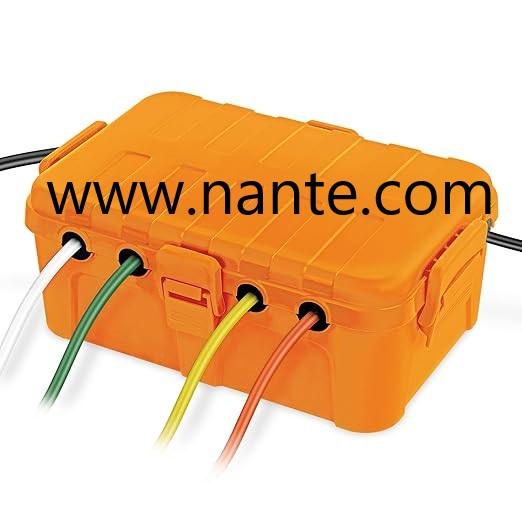Grab a paintbrush and a sense of curiosity because household salvage is becoming an easy path to creative home upgrades. A Socket Box tucked away in a toolbox or abandoned on a workshop shelf can be the creative seed for a weekend upcycle that brightens a room and gives retired hardware new purpose. Reimagining these small metal or plastic enclosures taps into a wider movement that celebrates reuse and personal expression while keeping practical safety in mind.
Upcycling has moved well beyond craft fairs and into mainstream conversations about mindful consumption and home styling. Social and design media now showcase projects that turn cast off items into bespoke decor and functional pieces that reflect individual taste. This renewed appetite for hands on creativity makes small scale electrical enclosures ideal for makers who want to try something fresh without launching a full renovation.
Start simple by converting an empty box into a rustic shadow box. After ensuring it is completely disconnected and free of wiring, sand the surface and apply a light sealant. Add a velvet backing and small hooks to hold keys or jewelry. The compact footprint makes the finished piece suitable for entryways or bedside nooks and provides a practical way to preserve hardware textures and patina. Emphasize safety throughout by removing any electrical parts and consulting a professional when in doubt. The original purpose of the box as an enclosure for electrical connections means it was built to be sturdy and tidy.
For those who like a playful take, turn a box into a planter container for succulents. Drill drainage holes in the base if the box material allows and line it with a small tray or reusable liner. The contained volume is ideal for small plants, and the metal or plastic shell creates a neat contrast with greenery. Place the planter on a shelf or suspend it with macrame to create an industrial boho accent piece that speaks to both form and function.
If lighting is on your mind, repurpose the enclosure as a decorative lamp base by mounting a low voltage LED puck inside a clean, decommissioned box. Keep all electrical work to certified components and never attempt live wiring inside a box that was previously connected. Instead, use battery powered modules or have a qualified technician handle any live circuits. The box shape lends itself to directional light and can be stylized with paint, perforations, or mosaics to cast interesting shadows.
Workspace organizers also make great use of these enclosures. Fit compartments with foam or small trays to store screws nuts and tiny tools. Label each compartment clearly and mount the organizer on a workshop wall for an orderly and attractive solution that celebrates reuse. The compact build and mounting options originally designed for outlet placement make these boxes simple to adapt for vertical storage.
For a community angle, host a small upcycle party where neighbors bring old hardware and trade ideas. Craft nights focused on turning functional objects into decorative art are gaining popularity and make projects social and rewarding. These events encourage creative swaps and often result in pieces people would not otherwise attempt alone.
Throughout these projects, remember why the original design matters. Socket boxes are manufactured to house and protect electrical components and are made in different materials to suit indoor or outdoor use. That construction makes them resilient and adaptable for a range of repurposed uses provided proper safety steps are observed.
If you are interested in reading more about what makes a socket enclosure suitable for different installations and how to handle basic safety aspects before repurposing, the manufacturer page offers clear descriptions and practical guidance. For guidance on the original function and construction of these enclosures see the company page at www.nante.com where more contextual information about materials and common applications is available. This resource helps makers respect original design intent while imagining new life for familiar objects.

